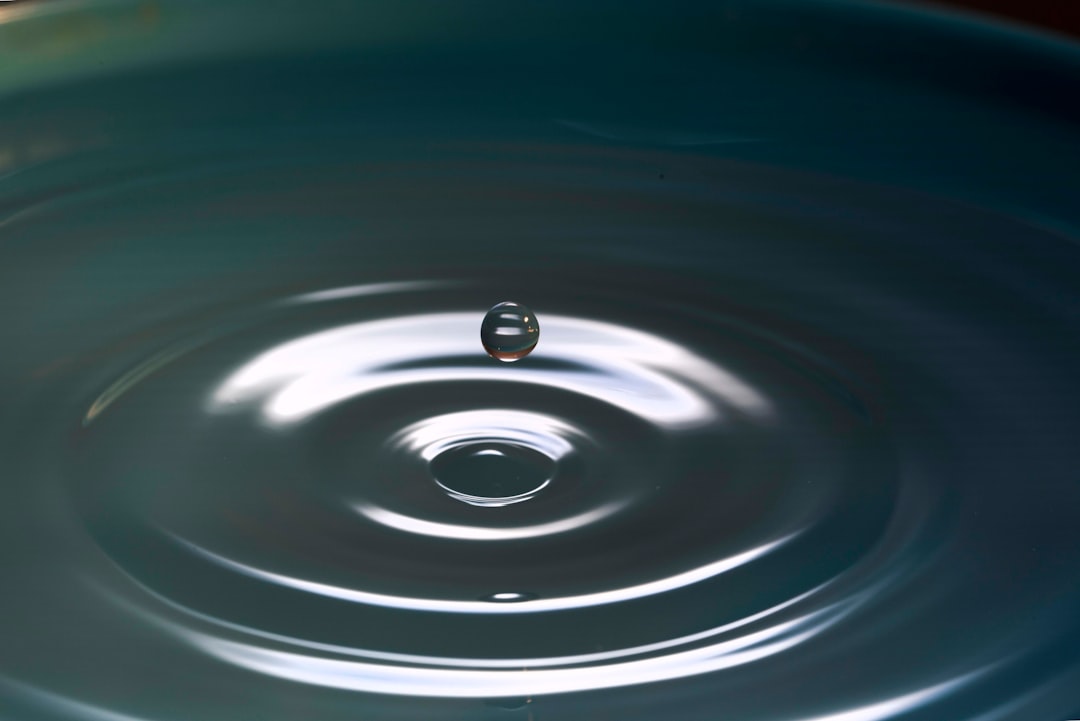What is it about?
The paper contains a new hydrometallurgical process flow sheet for the recovery of high pure cobalt sulfate solution/salt from waste LiCoO2 cathodic active material generated from lithium ion battery (LIB) industry waste. Cobalt was recovered as cobalt sulfate from sulfate leach liquor by solvent extraction process using Cyanex 272 as an extractant. For quantitative extraction of pure cobalt from waste LiCoO2 different process parameters such as concentration of Cyanex 272, O/A volume ratio, McCabe-Thiele extraction isotherm, scrubbing isotherm required were optimized. A mathematical model was developed to correlate metal extractability and Cyanex 272 concentrations and volume content. Optimum conditions required for quantitative extraction of pure cobalt sulfate/salt using Cyanex 272 were estimated by a proposed model. From predicted model, the mechanism for extraction and McCabe-Thiele isotherm for extraction were derived and compared with obtained results. A good agreement between proposed model and observed results were indicated. The cobalt loaded Cyanex 272 was stripped with sulfuric acid and 99.99% pure cobalt sulfate was obtained.
Featured Image
Why is it important?
The paper contains a new hydrometallurgical process flow sheet for the recovery of high pure cobalt sulfate solution/salt from waste LiCoO2 cathodic active material generated from lithium ion battery (LIB) industry waste. Cobalt was recovered as cobalt sulfate from sulfate leach liquor by solvent extraction process using Cyanex 272 as an extractant. For quantitative extraction of pure cobalt from waste LiCoO2 different process parameters such as concentration of Cyanex 272, O/A volume ratio, McCabe-Thiele extraction isotherm, scrubbing isotherm required were optimized. A mathematical model was developed to correlate metal extractability and Cyanex 272 concentrations and volume content. Optimum conditions required for quantitative extraction of pure cobalt sulfate/salt using Cyanex 272 were estimated by a proposed model. From predicted model, the mechanism for extraction and McCabe-Thiele isotherm for extraction were derived and compared with obtained results. A good agreement between proposed model and observed results were indicated. The cobalt loaded Cyanex 272 was stripped with sulfuric acid and 99.99% pure cobalt sulfate was obtained.
Perspectives
Based on the above studies, following conclusions have been drawn. (1) Quantitative extraction of 99.99% pure cobalt sulfate can be obtained from LIBs industry waste using Cyanex 272 as an extractant by solvent extraction process from the leach liquor, by managing different process parameter such as pH of the leach liquor, Cyanex 272 concentration, O/A volume ratio, suitable isotherms like extraction, scrubbing and stripping. (2) The proposed model simulates the % extraction (E) values related to organic volume (Vorg.) within acceptable confidence. The proposed model with proposed mechanism also agrees with reliability and feasibility of proposed process flow sheet with acceptable range of errors. (3) The process flow sheet is effective for converting the LiCoO2 waste to value added wealth through simplest hydrometallurgical process, support environment policies and worth adding values for conservation of the natural resources. An overall process flow sheet is suggested based on the experimental investigations in given Figure 8. (4) The obtained cobalt sulfate solution with high purity can be used for making value added salt/metal/materials.
Dr Basudev Swain
Institute for Advanced Engineering (IAE)
Read the Original
This page is a summary of: Development of process flow sheet for recovery of high pure cobalt from sulfate leach liquor of LIB industry waste: A mathematical model correlation to predict optimum operational conditions, Separation and Purification Technology, October 2008, Elsevier,
DOI: 10.1016/j.seppur.2008.05.022.
You can read the full text:
Contributors
The following have contributed to this page










